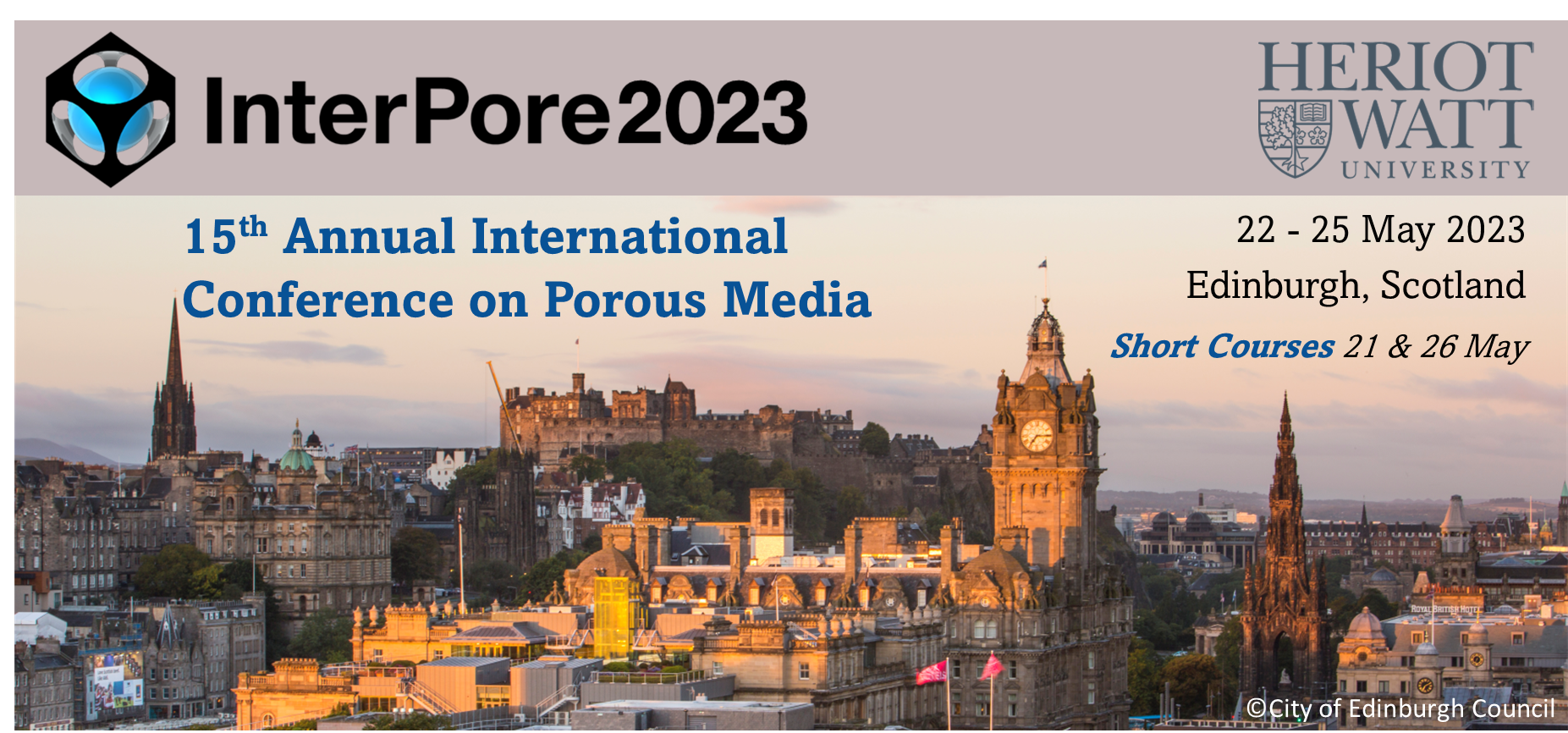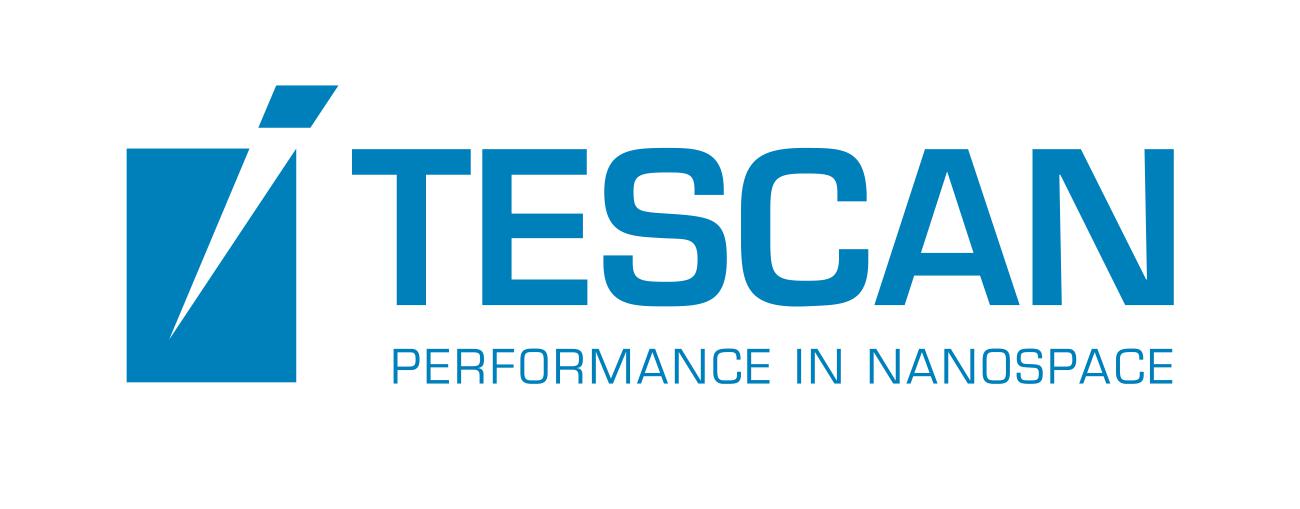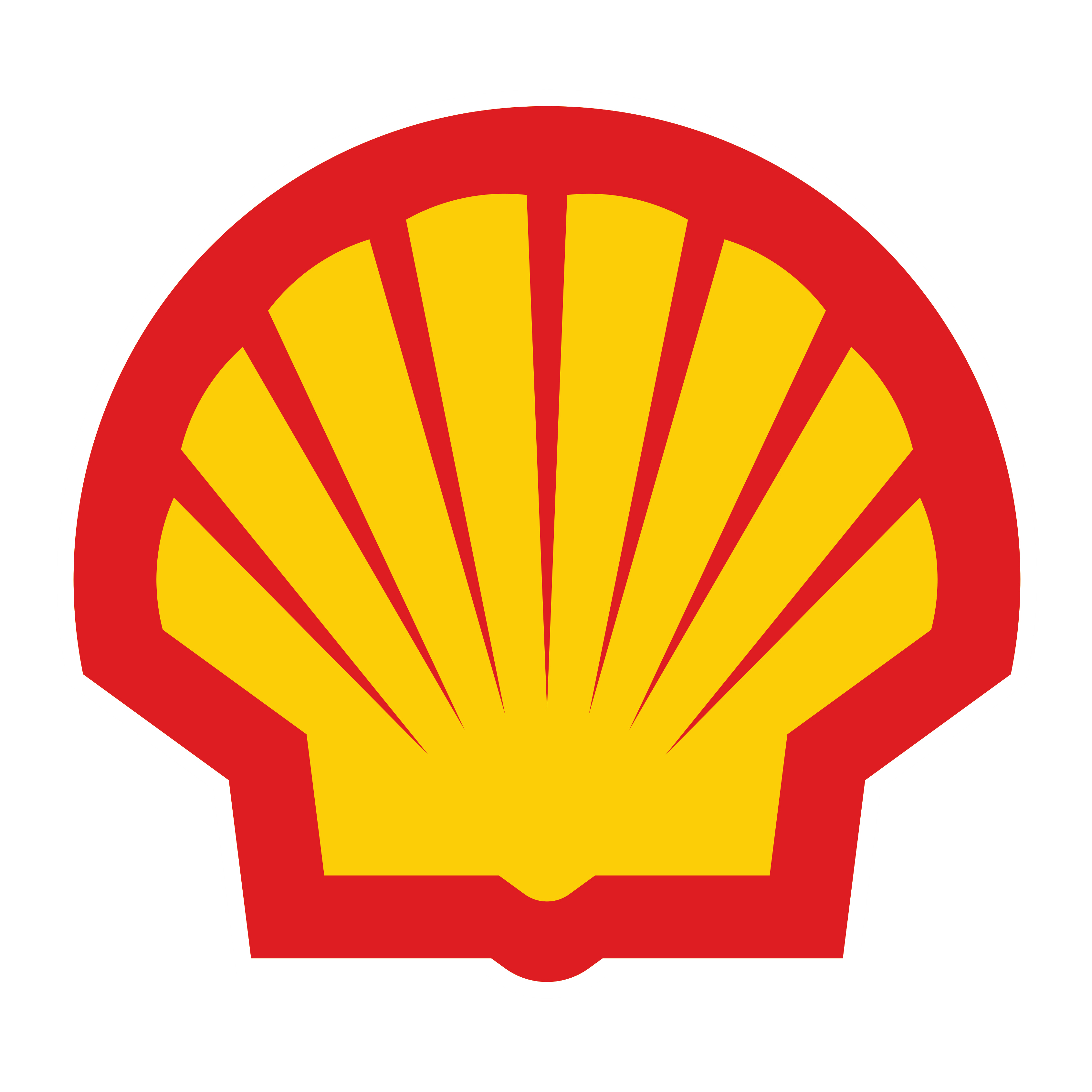Speaker
Description
Simultaneous neutron and X-ray tomography (NeXT) harnesses the benefits of both X-rays and neutrons to enable truly correlative and high-contrast imaging of a wide range of multi-material systems. NeXT is especially well-suited to study fluid flow and morphological characteristics in porous media, such as porous layers found in electrochemical devices. In this study, we utilize operando NeXT to quantitatively reveal heterogeneity in morphology and liquid water distribution within fuel cell components. A novel interfacial tracking technique is used to characterize 4-dimensional (4-D, 3 spatial dimensions and time) morphology of cell components. Accurate tracking of interfaces enables us to define component boundaries in 4-D and analyze liquid water distributions within individual components during fuel cell operation. Heterogeneity in the morphology and liquid water distribution of fuel cell components, particularly within the central membrane, is found to depend upon location with respect to other cell components and operating conditions of the cell. Heterogeneous distribution of porosity within the cell is found to affect liquid water accumulation and consequently the hydration and mechanical properties of the membrane. With this study, we demonstrate how NeXT is a viable and powerful tool in quantitatively characterizing operando processes in multi-component electrochemical systems. The methodology presented here is more broadly applicable to diverse static, evolving, and operando systems.
| Participation | In-Person |
|---|---|
| Country | Canada |
| Energy Transition Focused Abstracts | This abstract is related to Energy Transition |
| MDPI Energies Student Poster Award | No, do not submit my presenation for the student posters award. |
| Acceptance of the Terms & Conditions | Click here to agree |







